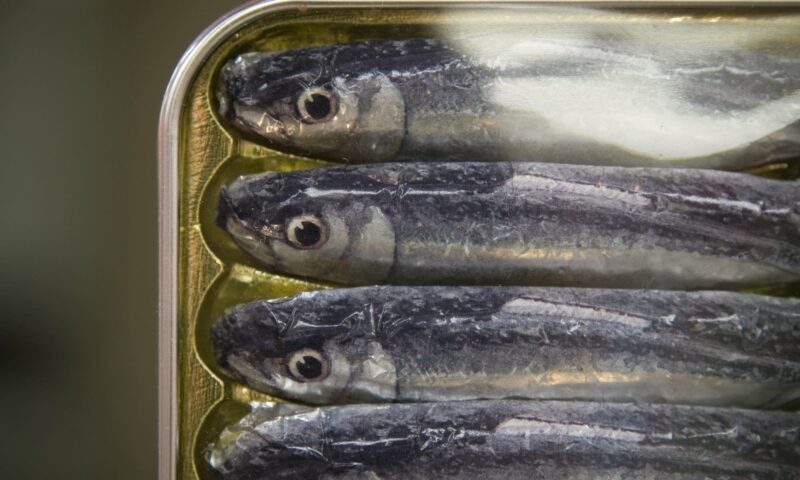Not all protein is created equal
The American Heart Association recommends eating healthy sources of protein (mostly from plant sources); regularly eating fish and seafood; substituting non-fat and low-fat dairy products in place of full-fat versions; and for people who eat meat or poultry, going for the lean and unprocessed varieties. The reasons are plenty.
Fish and shellfish are good sources of protein. Examples include anchovies, herring, mackerel, black cod, salmon, sardines, bluefin tuna, whitefish, striped bass, and cobia. As part of a heart-healthy diet, omega-3 fatty acids in fish can help reduce the risk of heart failure, coronary heart disease, cardiac arrest and the most common type of stroke (ischemic).
Food from plants that contain plenty of protein include beans, peas, lentils and nuts. There are many types of beans – pinto, kidney, garbanzo, soybeans – and they’re all good for you. Put lentils, split peas and black-eyed peas on the list, too. Plant sources of protein don’t have saturated fats and provide dietary fiber and other nutrients. Nuts, peanuts, and soybeans also contain healthy unsaturated fats.
Now for you meat-eaters. In general, red meat (such as beef, pork and lamb) has more saturated fat than skinless chicken, fish, and plant proteins. Saturated fats can raise blood cholesterol and increase risk of heart disease. So choose lean meat, skinless poultry, and unprocessed forms. And eat healthy portions,
such as three ounces. The size of a three-ounce portion is the size of a deck of cards for red meat, a small chicken drumstick or thigh, three-quarters of a cup of flaked fish, and two thin slices of lean roast beef.
You can get all the nutrients you need without eating meat. A one-cup serving of cooked beans, peas, lentils or tofu can replace a two-ounce serving of meat, poultry or fish. Two ounces of peanut butter equals an ounce of meat.
On that note, here are some suggestions for mixing non-meat protein and other healthy eating into the three main daily meals:
Breakfast
• Add beans to breakfast tacos, scrambled eggs, or a vegetable omelet.
• Replace bacon and sausage with low-sodium, nitrate-free turkey or veggie bacon..
• Stir nuts or yogurt into cooked cereal.
• Use non-fat or low-fat milk or yogurt.
Lunch
• Slice leftover chicken or turkey for sandwiches.
• Have a bowl of bean or lentil soup with added veggies.
• Eat a tuna sandwich on whole-grain bread (swap out some of the mayo with ripe avocado).
• Make a chicken salad with leftover baked or roasted chicken.
Dinner
• Grill, bake, or microwave chicken breasts. Remove skin before cooking.
• Bake fish fillets sprinkled with lemon and salt-free seasonings. Or bake or grill a whole fish in foil with lemon and onion slices..
• Top a salad with beans, nuts, fish, or skinless chicken.
• Add beans to a soup or casserole.
• Make burger patties from black or garbanzo beans.
And when preparing meals, there are ways to come out with the healthiest results. For instance, flavor any type of protein with salt-free spices and herbs, garlic, and onion. Trim fat from meat and remove skin from poultry before cooking, and pour off any melted fat. If roasting a whole chicken or turkey, remove the skin before carving and serving.
One more tip: Chill meat juices after cooking so you can easily skim off the hardened fat. Then you can add the juices to stews, soups and gravy.
Sources: American Heart Association and U.S. Food and Drug Administration.


